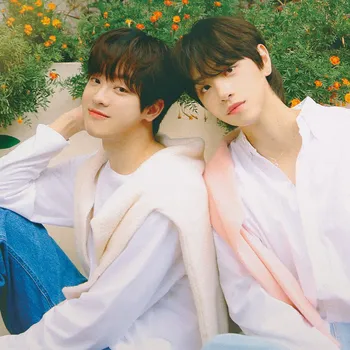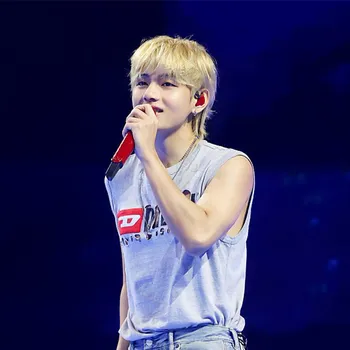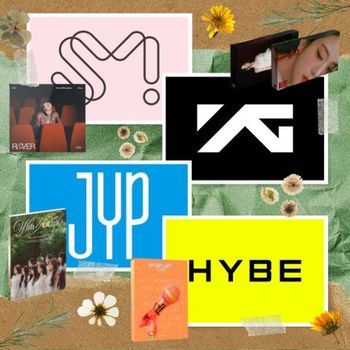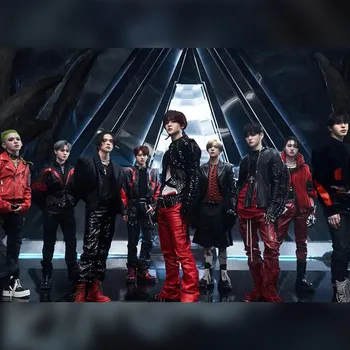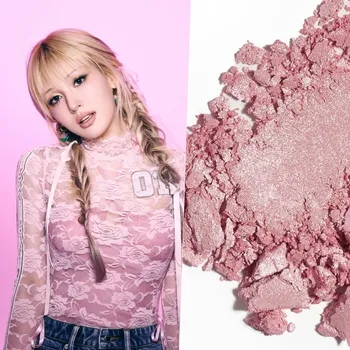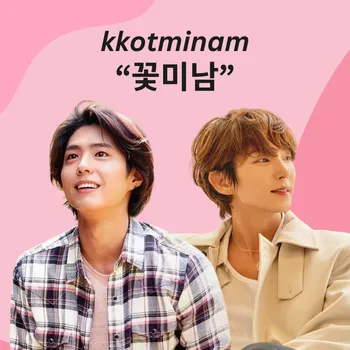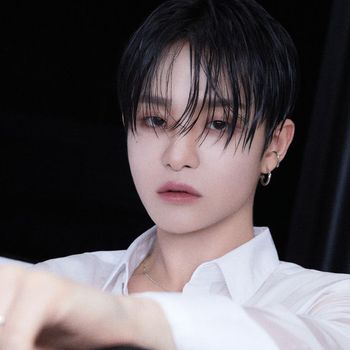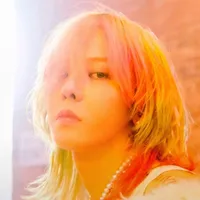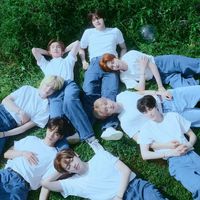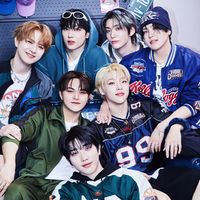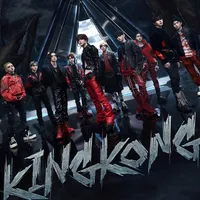
GF Entertainment / Spire Entertainment
Each year K-Pop fans anticipate the new groups that will debut and take over the rookie scene. It's exciting to watch how these groups grow and how they add their unique color to the varied rainbow that is K-Pop as they gain experience.
Naturally, trends are one of the things that make the K-Pop world go round. You can especially note this when taking a look at groups that debut and the approaches they take depending on what's trending at the time. However, this is a more important decision for them as it usually sets the tone of what kind of group they'll become.
We've noticed how the trends and goals among debuting boy groups, in particular, have changed over the years. There have been notable changes in their concepts and even marketing strategies.
Marketing in K-Pop over the years
If we take a look at the overall promotion of K-Pop boy group debuts and growth, we can easily see the difference in marketing techniques.
Fandom colors
For example, in the first generation of K-Pop, g.o.d debuted in 1999 and became known for their 'boy next door personas' which was actually in contrast to the other groups at the time. Most groups focused on having members with handsome visuals (according to the standard at the time).
It was during this time that many K-Pop traditions were being established. For example, fans used balloons of different colors to distinguish themselves and the groups they supported (g.o.d's color was sky blue). From here companies started marketing official fan colors which are still prevalent today but not as essential to a group or fandom's identity. A lot
Enjoy full access for just $1
Join over 10,000 active members!
🌟 Special Contents for Subscribers


